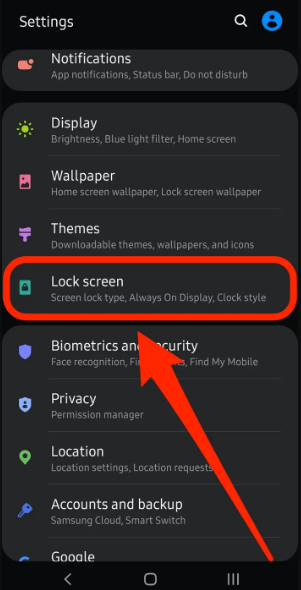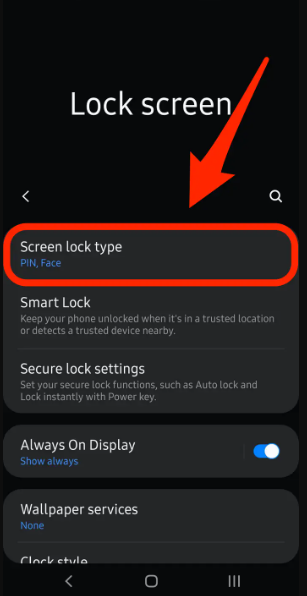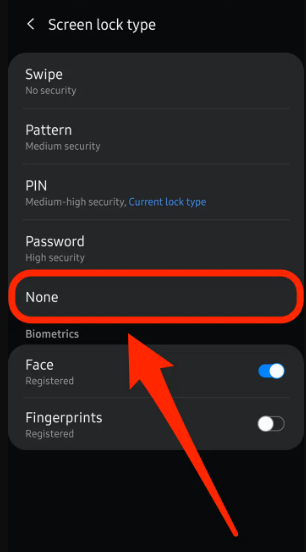Android
How to Turn Off the Password and Other Security Systems on an Android

You have the ability to entirely disable the security measures on your Android device, allowing you to access it without entering a password, swiping a pattern, or doing any other action. This is helpful if you need to let someone who does not know your password use your device or if you are going to be unlocking your device several times in a short period of time.
But if you really have to disable the password, you won’t have any trouble doing it. Although each Android device has its own unique sequence of actions, the general procedure is always the same. The next step is as follows.
Read Also: How to Turn Off TalkBack on Android
How to Turn Off the Password and Other Security Systems on an Android
1. Launch the app designated for configuring your Android’s settings.
2. Select the “Lock Screen” option. You will have to look in a slightly different location to discover it depending on the device you are using and the version of Android that you are running. On the first page of Settings on many Android phones, you can find this option. In the event that you do not find it there, search for “Security & Location” or “Security & Privacy.”

3. Select the “Screen lock type” option (or, in some cases, just “Screen lock”). You should see a list of the various methods of authentication that are currently in use, such as a personal identification number (PIN), a password, or face recognition. Before moving further, you will be required to enter your current password, PIN, or another form of security measure.

4. To disable all of the security features on the lock screen of your phone, choose the “None” option. You will probably need to confirm this choice by agreeing to turn off security and wiping biometric data from your phone (if it’s utilizing biometrics to let you log in). If this is the case, you will need to delete the data from your phone.

FAQs
What is security in Android app?
The occurrence of application security concerns is greatly reduced, as is their impact, thanks to the built-in security mechanisms that are included in Android. Because of the way the system is constructed, you won’t have to make difficult decisions regarding security during the normal course of building applications because you may use the system’s and files’ default permissions.
How many security levels are there on Android?
Security can largely be thought of on two different levels: the level of the wireless transmission channel, and the level of the mobile data, which is where malicious programmes carry out their behaviour by exploiting weaknesses in the mobile operating system.
What happens when you secure your device?
The concept of security can largely be broken down into two distinct levels: the level of the wireless transmission channel, and the level of the mobile data. It is at the level of the mobile data that malicious programmes carry out their actions by taking advantage of vulnerabilities in the mobile operating system.
What happens if I deny app permissions?
That is the way that each permission for an Android app operates. If you choose to deny a request made by an app for permission to access anything that the app needs but cannot access without your permission, that portion of the app will not function properly. It’s possible that this won’t have much of an impact on the functionality of the app overall, or it may be a show-stopper and render the app useless.












